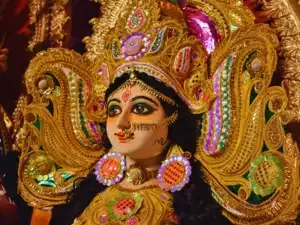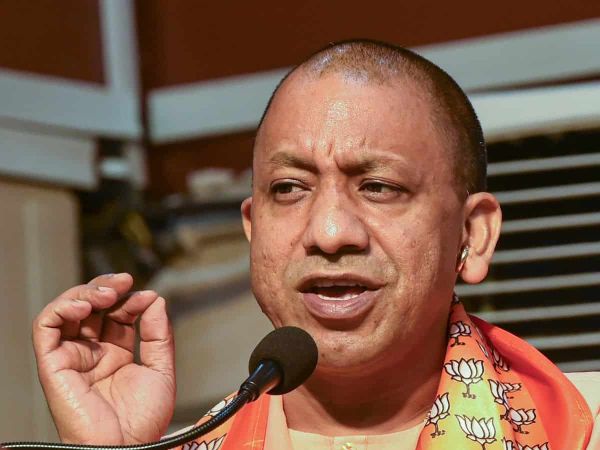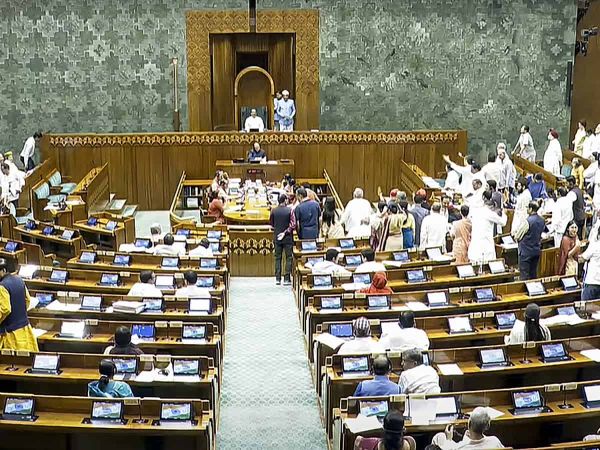Chaitra Navratri, also known as Vasant Navratri, is a revered nine-day Hindu festival dedicated to Goddess Durga and her nine divine forms. It is a period of devotion, reflection, and celebration, as devotees honor the goddess’s various manifestations. The festival concludes with Ram Navami, commemorating the birth of Lord Rama, which is why it is also referred to as Ram Navratri.
In 2025, Chaitra Navratri will commence on Sunday, March 30, and conclude on Monday, April 7. This year, it coincides with other major festivals like Ugadi and Gudi Padwa, which mark the beginning of the Hindu lunisolar New Year and are celebrated with great enthusiasm across different regions of India.
Chaitra Navratri: Date and timings
In 2025, Chaitra Navratri will begin on Sunday, March 30, and continue until April 7. The festival commences with Ghatasthapana, also known as Kalash Sthapana, which will take place on March 30.As per the Drik Panchang:
Chaitra Ghatasthapana Date: Sunday, March 30, 2025
Ghatasthapana Muhurat: 06:13 AM to 10:22 AM (Duration: 4 hours, 8 minutes)
Ghatasthapana Abhijit Muhurat: 12:01 PM to 12:50 PM (Duration: 50 minutes)
Ghatasthapana marks the beginning of the nine-day celebrations and is a crucial ritual performed to invoke the presence of Goddess Durga.
Since Chaitra Navratri coincides with the arrival of spring and the Hindu New Year, many see it as a time for renewal, setting intentions, and aligning their aspirations for the year ahead. Fasting during this period is believed to purify the mind, encourage clarity of thought, and enhance spiritual focus.
While Sharada Navratri is often associated with vibrant celebrations, music, dance, and joyous expressions of devotion, Chaitra Navratri is regarded as a time for introspection, meditation, and grounding oneself spiritually.
Both Navratris celebrate the divine feminine, Shakti—the nurturing force that sustains life and the powerful energy that destroys negativity. For devotees worldwide, Chaitra Navratri is a period of deep spiritual practice, involving meditation, chanting, acts of charity, and prayers to Maa Durga for strength, protection, and the removal of obstacles. Through fasting, kirtans, and devotion, they seek inner peace and purity of heart.
In 2025, Chaitra Navratri will commence on Sunday, March 30, and conclude on Monday, April 7. This year, it coincides with other major festivals like Ugadi and Gudi Padwa, which mark the beginning of the Hindu lunisolar New Year and are celebrated with great enthusiasm across different regions of India.
Chaitra Navratri 2025 Colour:
Navratri Day 1 - Orange
On the first day of Navratri, wearing orange while worshiping Goddess Navdurga is believed to bring warmth and positivity. This vibrant color is associated with immense energy and optimism, uplifting the wearer's spirit and fostering a cheerful mindset.Chaitra Navratri: Date and timings
In 2025, Chaitra Navratri will begin on Sunday, March 30, and continue until April 7. The festival commences with Ghatasthapana, also known as Kalash Sthapana, which will take place on March 30.As per the Drik Panchang:
Chaitra Ghatasthapana Date: Sunday, March 30, 2025
Ghatasthapana Muhurat: 06:13 AM to 10:22 AM (Duration: 4 hours, 8 minutes)
Ghatasthapana Abhijit Muhurat: 12:01 PM to 12:50 PM (Duration: 50 minutes)
Ghatasthapana marks the beginning of the nine-day celebrations and is a crucial ritual performed to invoke the presence of Goddess Durga.
Chaitra Navratri 2025: Significance
Chaitra Navratri holds deep significance in Hindu traditions, much like Sharada Navratri. During this sacred period, devotees observe a nine-day fast in devotion to Maa Durga and her many divine forms. The festival symbolizes the triumph of good over evil, commemorating Maa Durga’s battle against Mahishasura—a reminder that truth and righteousness always prevail, no matter how challenging the struggle.Since Chaitra Navratri coincides with the arrival of spring and the Hindu New Year, many see it as a time for renewal, setting intentions, and aligning their aspirations for the year ahead. Fasting during this period is believed to purify the mind, encourage clarity of thought, and enhance spiritual focus.
While Sharada Navratri is often associated with vibrant celebrations, music, dance, and joyous expressions of devotion, Chaitra Navratri is regarded as a time for introspection, meditation, and grounding oneself spiritually.
Both Navratris celebrate the divine feminine, Shakti—the nurturing force that sustains life and the powerful energy that destroys negativity. For devotees worldwide, Chaitra Navratri is a period of deep spiritual practice, involving meditation, chanting, acts of charity, and prayers to Maa Durga for strength, protection, and the removal of obstacles. Through fasting, kirtans, and devotion, they seek inner peace and purity of heart.








